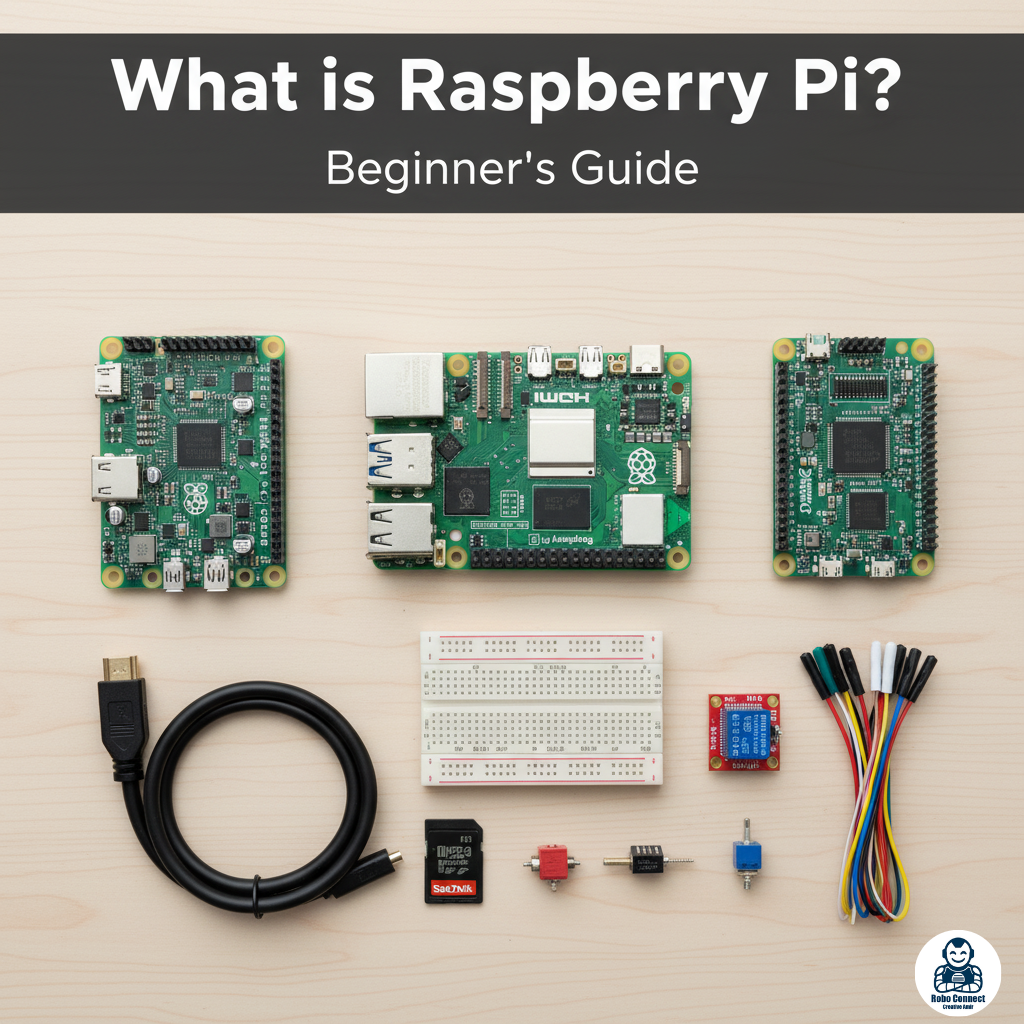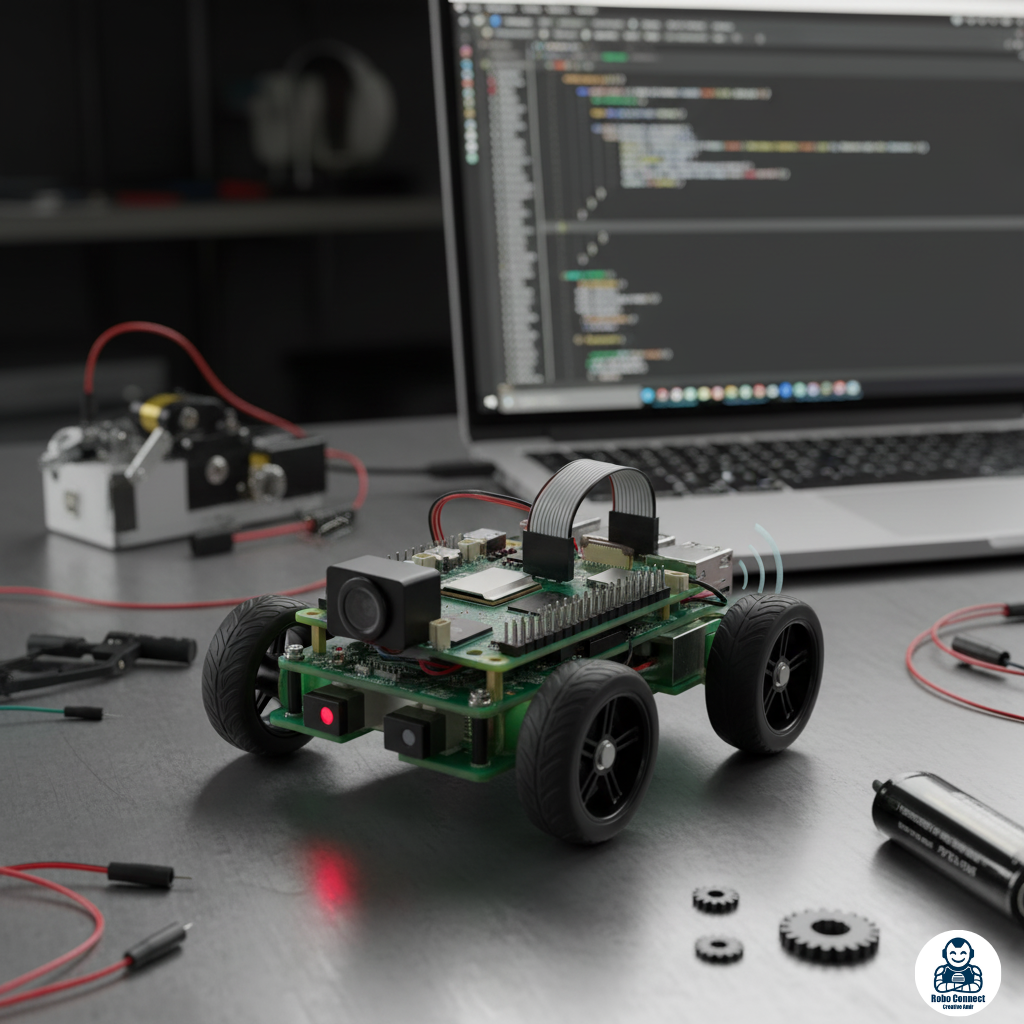What is Raspberry Pi?
The Raspberry Pi is a small, low‑cost, single‑board computer created by the Raspberry Pi Foundation (UK).
Unlike microcontrollers like Arduino, Raspberry Pi is a microcomputer — it can run an operating system (usually Raspberry Pi OS, based on Linux) and perform tasks similar to a desktop computer, such as:
- Running code in Python, Java, C, etc.
- Browsing the web.
- Playing videos.
- Hosting servers.
Think of Raspberry Pi as your own tiny, affordable PC that you can also hook up to sensors, motors, and DIY electronics.
What Can You Do with Raspberry Pi? (Top Uses)
Here are the most popular Raspberry Pi applications:
- Learn Programming
Raspberry Pi was designed to teach coding, especially Python and Scratch. Beginners can start coding right away without expensive hardware.
- DIY Home Automation
Connect sensors, cameras, and relays → control lights, doors, or appliances via Wi‑Fi.
- Retro Gaming Console
Install RetroPie → Play classic Nintendo, Sega, PlayStation 1 games on your TV.
- Media Center (Mini PC for Entertainment)
Install Kodi or Plex → Stream movies, music, or even YouTube from one box.
- Robotics & Electronics
Use GPIO pins (General Purpose Input/Output) to connect sensors & motors → build robots, smart cars, or IoT prototypes.
- Web Servers & Cloud Projects
Run your own server: host websites, databases, or even a personal cloud (Nextcloud).
- Education & Research
Schools use Raspberry Pi to teach science, coding, electronics, and IoT.
- Everyday PC
Add a keyboard, mouse, and monitor → use Raspberry Pi as a regular PC for basic tasks.
Raspberry Pi vs Arduino (Quick Difference)
- Arduino → Microcontroller → Great for controlling sensors, motors, robots (real‑time hardware control).
- Raspberry Pi → Microcomputer → Runs Linux, multitasks, good for web servers, automation, learning programming.
- Many projects use both together (Arduino handles sensors/motors while Raspberry Pi handles cloud/server).
Conclusion
The Raspberry Pi is one of the most versatile tools in modern computing and electronics. From controlling lights to running a home server, or even learning to code, there’s a Raspberry Pi model suited for you.
- Easy to learn ✅
- Affordable ✅
- Used by millions worldwide ✅
Whether you’re a student, hobbyist, or professional maker, the Raspberry Pi is your gateway into computing, robotics, and IoT.
FAQs
Q1: Can Raspberry Pi replace my laptop/desktop?
For light tasks (coding, browsing, streaming), yes. But not ideal for heavy gaming or video editing.
Q2: Do I need an SD card for Raspberry Pi?
Yes — Raspberry Pi uses a microSD card (8GB+ recommended) for its operating system and storage.
Q3: Can Raspberry Pi run Windows?
Not full Windows 10/11. But it can run Windows IoT Core and Linux‑based OS like Ubuntu, Raspbian.

